Discovering the Traditional Japanese Toy: Koma
What a Koma?
Koma (独楽) is a traditional Japanese toy that has been enjoyed by children and adults for centuries. It’s a small wooden top that is spun by winding a string around it and pulling it tight. Once the string is released, the top spins rapidly on its pointed tip.
How enjoy Koma?
There are several ways to enjoy playing with a traditional Japanese top like Koma! Here are some suggestions:
Koma’s history
The Koma top has a long and fascinating history in Japan.
Koma is believed to have originated in China, where it was known as “chuo-tuo.” It was brought to Japan by Buddhist monks around the 8th century, and over time, it became a popular toy for children and adults alike.
During the Edo period (1603-1868), Koma was widely played by children all over Japan. The tops were often made from wood or bamboo, and were decorated with intricate designs or calligraphy. Koma was also used in traditional festivals and celebrations, where it was spun as a way to bring good luck and fortune.
In the modern era, Koma has remained a beloved toy in Japan. It has even inspired a popular anime and manga series called “Beyblade,” which features characters battling with high-tech versions of Koma tops.
Today, Koma tops are still made by skilled craftsmen using traditional techniques. They are available in a variety of sizes, designs, and materials, from simple wooden tops to more elaborate ones made from lacquered bamboo or metal.
Overall, the history of Koma top is a testament to the enduring appeal of traditional Japanese toys, and to the cultural significance of play and leisure in Japanese society.
No matter how you choose to enjoy Koma, remember to be patient and persistent! Spinning the top takes practice and skill, but with time, you can become a master of this traditional Japanese toy.
Koma is often played as a game, where players compete to see whose top can spin the longest or stay upright the longest. It requires a lot of skill and practice to master, and there are even competitions held in Japan where players can showcase their abilities.
Koma what other means in Japan
- In Japan, the word “Koma” (独楽) can have several different meanings depending on the context. Here are a few examples:
- Top toy: As we discussed earlier, “Koma” is the name for the traditional Japanese top toy that is spun by winding a string around it.
- Spinning: In some contexts, “Koma” can refer to any spinning motion, not just that of a top. For example, the phrase “Koma ga mawaru” (独楽が回る) can mean “the top is spinning,” but it can also be used more broadly to describe any circular or spinning motion.
- Division: In Japanese martial arts, “Koma” is used as a term to describe a division or subgroup. For example, in Kendo (Japanese swordsmanship), a “Koma” refers to a group of four students who train together.
- Dysentery: Finally, it’s worth noting that “Koma” can also be a medical term in Japan. In this context, it refers to a severe form of dysentery that can cause dehydration and coma-like symptoms.
Overall, the meaning of “Koma” in Japan depends on the context in which it’s used. However, the traditional Japanese top toy is likely the most well-known and widely recognized meaning of the word.
where we get Koma
If you’re interested in trying out Koma for yourself, you can easily find them for sale in toy stores or online. They come in various sizes, colors, and designs, so you can choose one that suits your personal taste. Just remember to practice patience and persistence, as it takes time to get the hang of spinning the top smoothly!
can we see real Japanse play Koma on YouTube?
I bought Japanese traditional Koma and play it in my YouTube. Please enjoy it. If you are okay, please consider subscribing to my channel and hitting the like button. Your support helps me create more content like this!


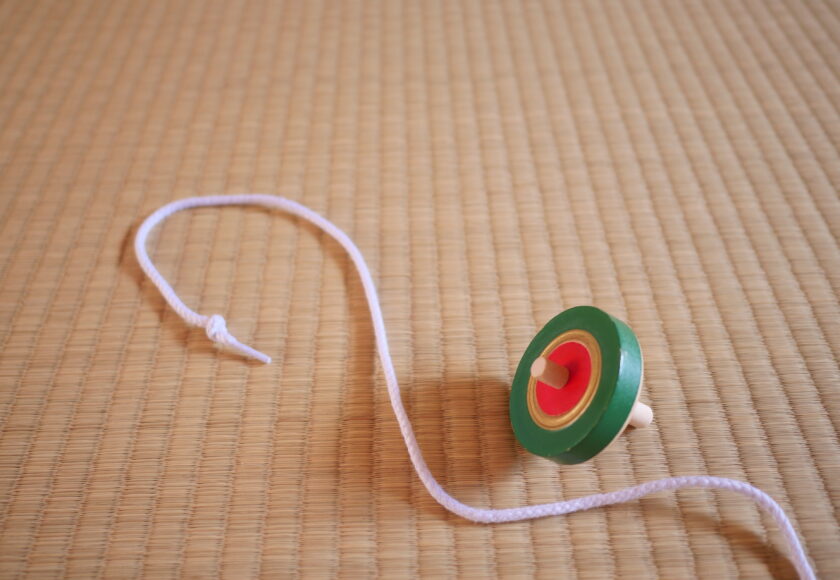
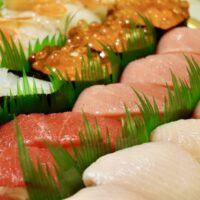


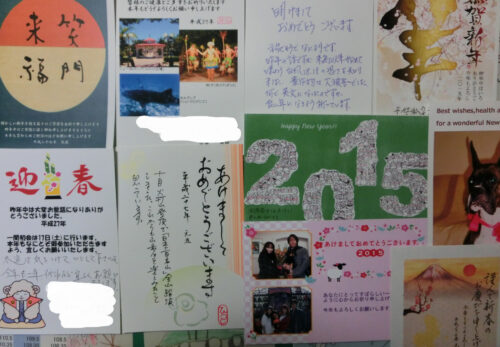
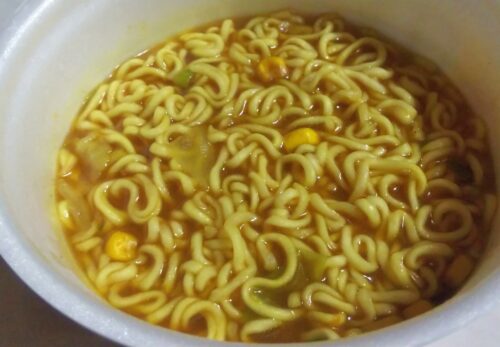
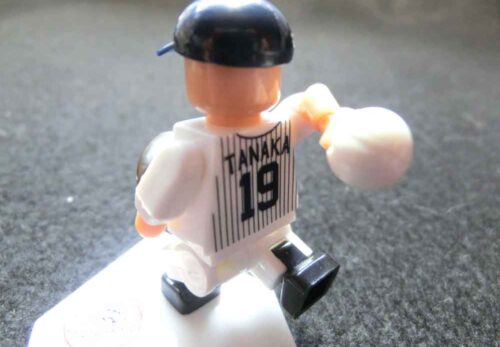
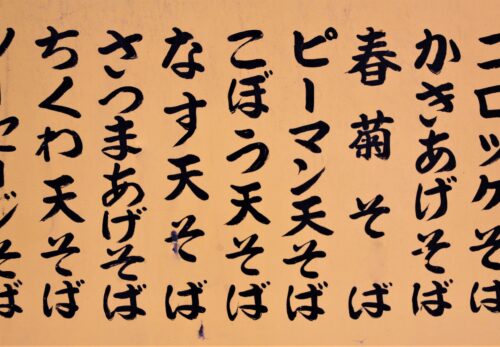
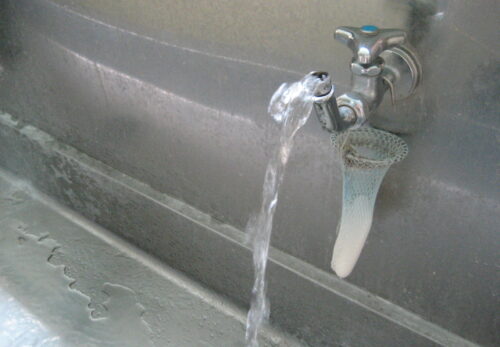
Very nice post. I just stumbled upon your blog and
wished to say that I’ve truly enjoyed surfing around your blog posts.
In any case I’ll bee subscribing to your rss fed annd I hope you write again soon!
My webpage; holiday
Thank you for your comment.
I’m glad you are pleased with the post and I am too.
I have been a little slow in posting, but your comment has inspired me to do so.
I am also glad to hear that you have subscribed to our RSS feed.
I’m a bit busy with work right now and may not be able to get back to it right away, but I hope to write a post about it sometime soon.
Thank you very much for your time.
I also visited your site but could not view it. Is my environment bad?
I look forward to seeing you again in the comments section.
Thank you very much.